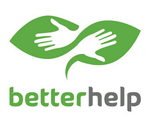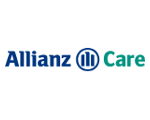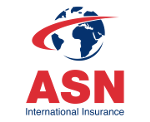All citizens (registered at the SSN) are entitled to receive health care. Everyone has to be treated with the same dignity, regardless of his social position.
There are three levels in the organization of the health system in Italy:
- national (its institution is the ministry of health, which is responsible for the health plan)
- regional (the regional government includes the way how to distribute financial resources to local health units or hospitals and performs a controlling function regarding efficiency, quality and of provision of service through public and private health organisations)
- local (its institutions are hospitals of the IRCCS and private hospitals)
Italian workers receive the following services:
- cash benefits/sickpay(which is 50% of the gross earnings between day 1 and day 20, and from day 21 - 66.66% of the gross earnings)
- non-cash benefits(services regarding pharmaceutical care or health cures and services, rehabilitation services outside of the hospital)
Doctors and hospitals
Family doctors are responsible for the primary care and refer the patient to the specialist, if necessary. They work either in the out-patient department of the USL or they are self-employed and are bound by contract to the USL.
If you are to visit a specialist doctor, you generally have to pay a fee. The amount of this fee (between €13 and €36) is laid down by the various regions. The specialists work either in public hospitals or they are self-employed. Some of them have private offices but the health insurance doesn’t cover the costs in this case.
Most of the hospitals are operated by the USL. There are also private hospitals, which are bound to the national health service by contracts. USL hospitals are financed with the money of the USL. Contracted hospitals receive their payments after annual negotiations about daily rates.
Drugs/medicines
Drug supply belongs to the area of competence of the regions. Normally, drugs are of four different types: strong drugs for the treatment of chronic illnesses,drugs with therapeutical meaning,drugs offered by hospitals, and drugs, which do not belong to the first two categories.
Costs for drugs are relatively high when comparing with other European countries. Italy and France take the first place in this matter.
Read more about the Health System in Italy: http://www.ess-europe.de/en/italy.htm




